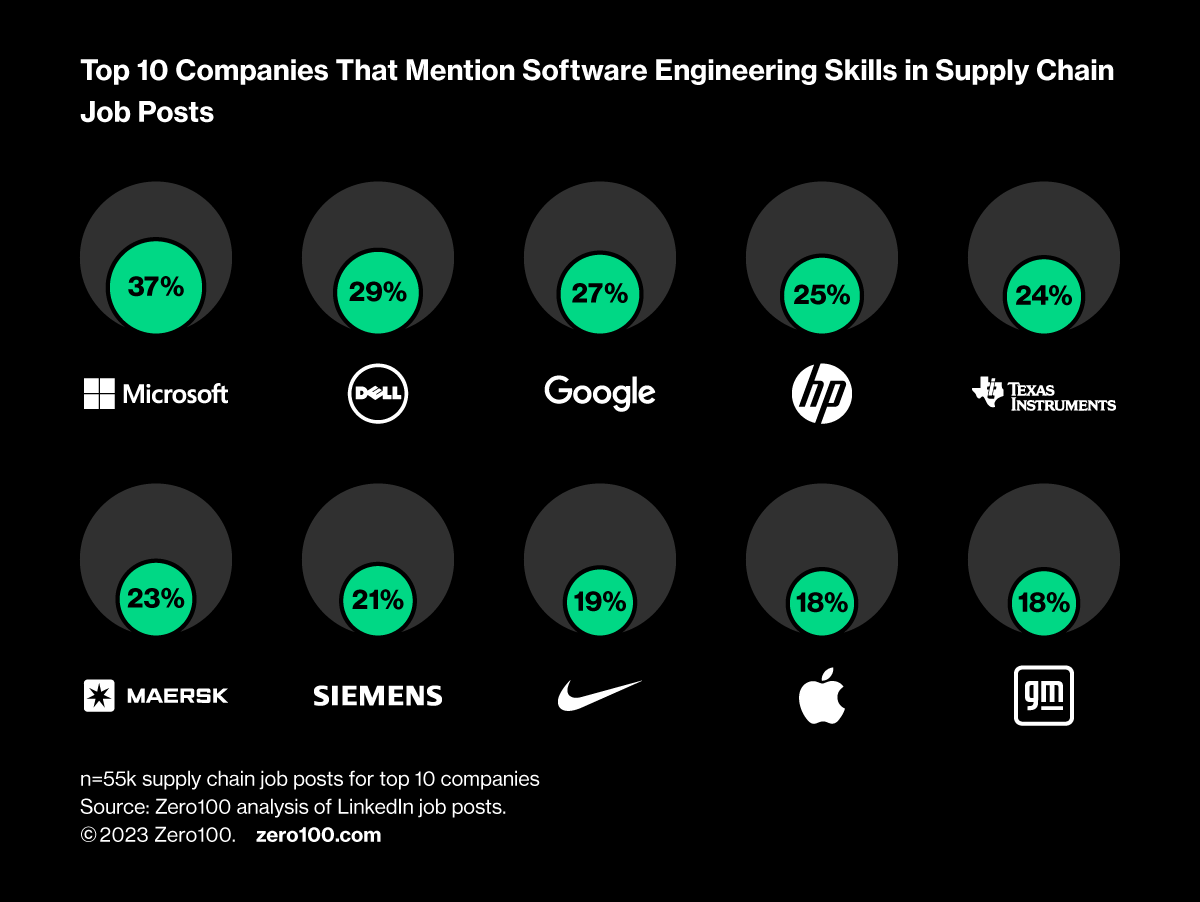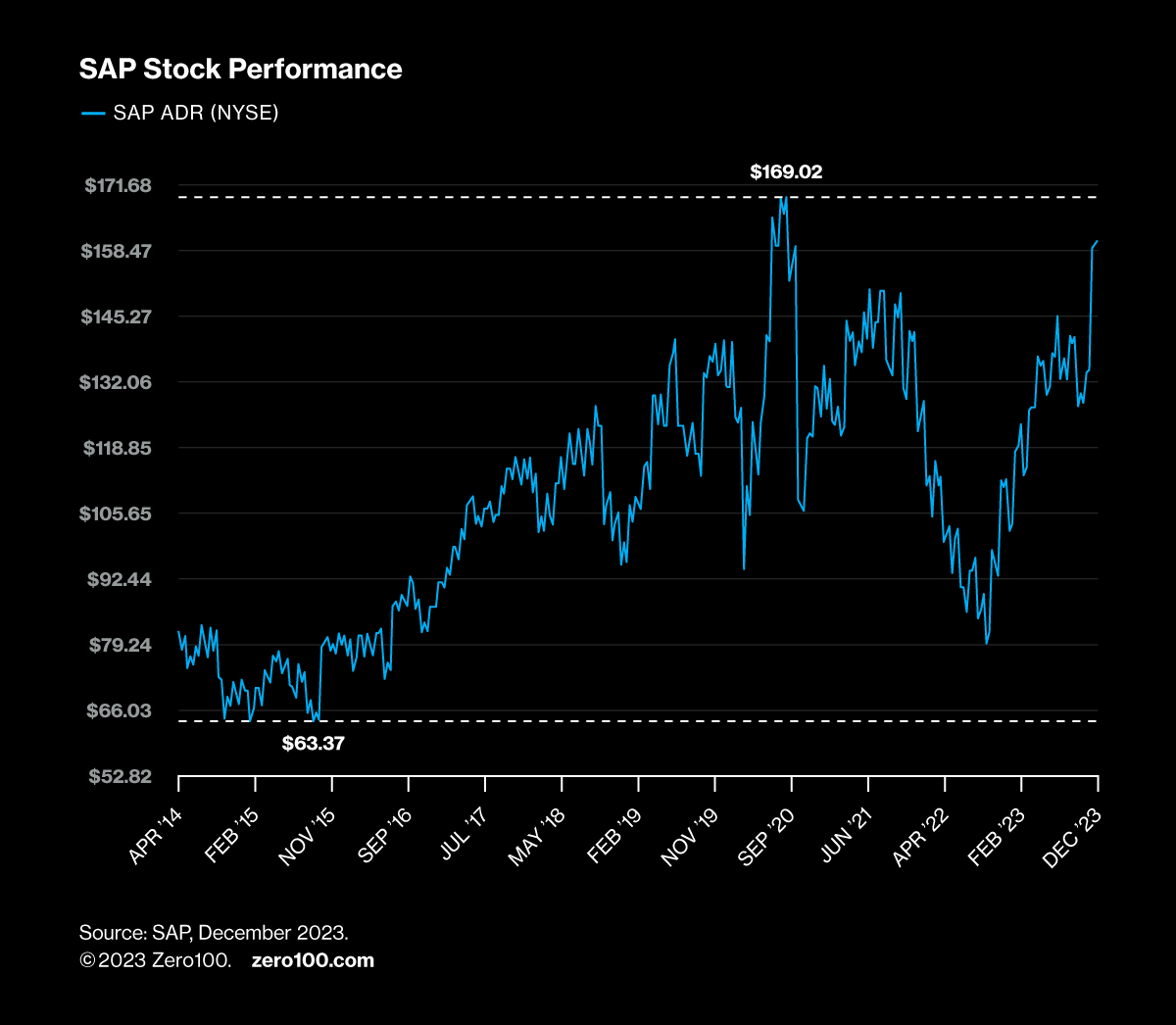People who fly a lot know that delayed flights are a magnet for further delays, so whenever possible, they bail and find another way to get where they’re going. This analogy fits supply chain leaders waiting for SAP to deliver the tech they need to smarten up sourcing, speed up planning, or add flexibility to manufacturing and logistics. If you wait for SAP, you may never board at all.
Don’t Wait for SAP
One senior supply chain executive I spoke to recently is ready to go with an upgrade to several new supplier management applications. The as-is systems are so out of date that this team spends hours – weekly – in spreadsheets, PDFs, and email exchanges, handling transactions and simple analytical decisions. Very little time is left for thinking about how to design and better manage supplier contracts or rethink commodity strategies to reduce complexity and risk. The business case is made, the CapEx approved, and the team is ready to go, but hold on… the S/4HANA migration is underway, and everything is on hold.
This kind of multi-year, sequential process for putting in new supply chain software was barely acceptable before the internet in the 1990s. Now, AI has upended tech-development cycle times, and AI-savvy businesses like Shein, Tesla, and Amazon are reinventing themselves continuously, making these delays downright hazardous.
Tech deployment in supply chain is increasingly happening on a new tech stack, with far more development in-house, led by operations people partnered with software development engineers, data scientists, and product managers. Microsoft, Unilever, Puma, and many others are already scaling this capability and, in the process, decoupling from corporate IT to build the systems needed to compete operationally.

SAP’s recent announcement that future innovation will only be available through its RISE program, which would force all 440,000 customers to migrate to SAP’s cloud if they wanted to ensure up-to-date tech, is a trust breaker since most are still on-premise or third-party hosted. SAP user groups are up in arms about this because so many (~80% in the UK, Ireland, Germany, and Switzerland, for instance) now face difficult questions from their CFOs about how they, as a customer, effectively funded SAP’s R&D with annual support payments of up to 22% of the original software license price, only to be told their flight to the future is delayed.
Ouch.
Cloud Is Better, but This Is Not the Way to Get There
Give SAP some credit. They bit the bullet and started the cloud transition back in October 2020, when CEO Christian Klein told investment analysts to expect a financial bump with the shift from perpetual license software sales to a SaaS revenue model. The stock lost half of its value immediately, and although it’s nearly back to where it was then, this has come with a gun to the head of customers looking for important innovations like sustainability accounting and generative AI support.

All of this raises a question: why do you want to buy this tech from SAP anyway? Cloud is faster, better, and cheaper for ongoing tech development, but RISE benefits SAP’s investors and future customers, not existing customers still slogging through migrations.
Plus, SAP’s application offerings for planning, sourcing, and product lifecycle management have all been so underwhelming for so long that many customers, even in SAP strongholds like CPG and chemicals, have had to look elsewhere for functionality. Promises of amazing innovation from this development team aren’t convincing. And the original premise of “integrated” functionality across the enterprise sounds hollow now since all off-the-shelf software is, by definition, useful only for functions that make no competitive difference.
Go Faster Alone
The good news for SAP loyalists lies in data. Zero100’s version of the new supply chain tech stack pulls granular data from shop floors, order systems, and field service logs, but it depends on master data around customers, suppliers, items, and other objects in the core ERP system.
Most SAP users have good discipline in managing these essential objects. This helps with platforming the data for development teams to build microservice applications for specific operational needs, which can still be posted to SAP as a system of record.
SAP is not evil – they’re just trying to survive. But that doesn’t mean you have to travel on their schedule.
